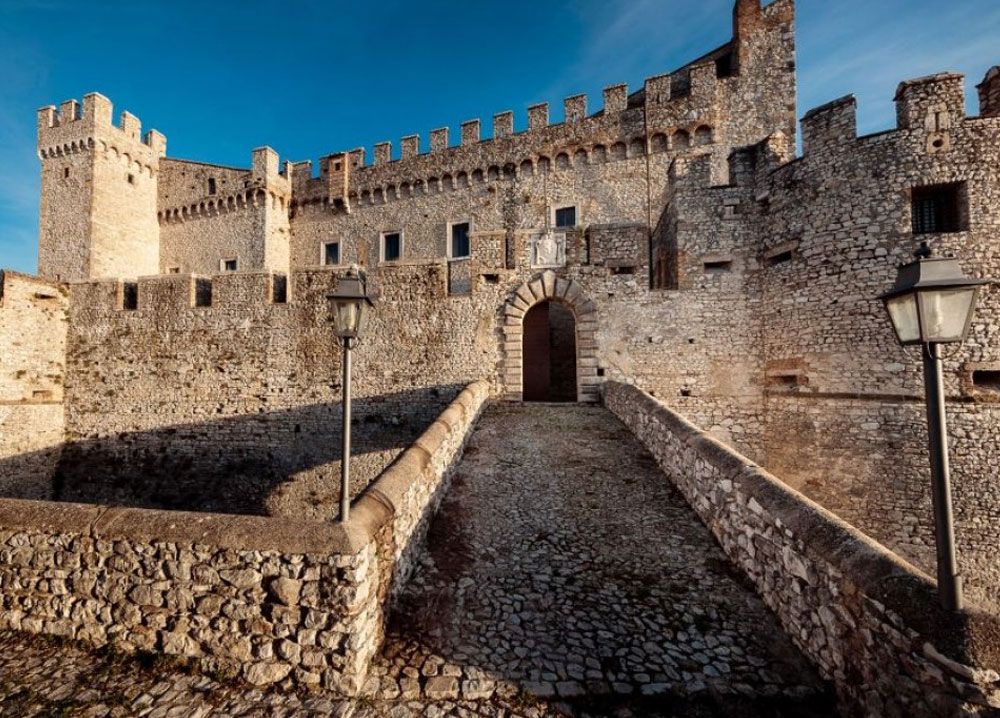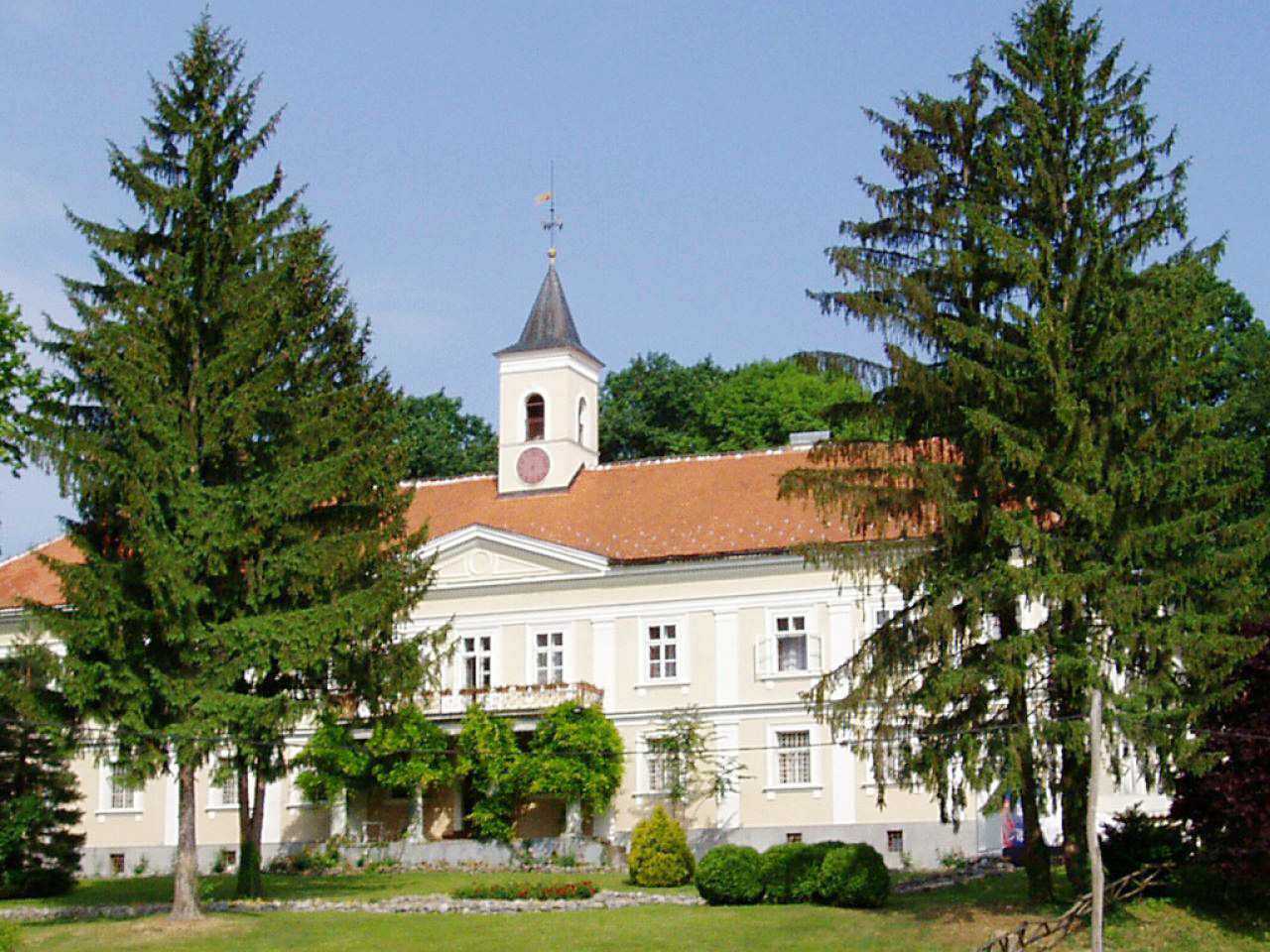Castle Stays in Europe: From Historic Jewels to Hidden Gems
Europe is known as the birthplace of Western civilization. It is from here that we derive our artistic, philosophical and literary themes and traditions. From the beginning of the 15th century onwards, Europe has played the dominant role in global affairs, culture, politics, economics and, of course, architecture. And one of its most impressive architectural gifts to the world is the castle.
Of course, fortifications in Europe have been built since the Neolithic period. But over the course of time, the planning of castles improved. As early as the 9th century in France, medieval European kings were building castles in the form that we know them today. These were unsettled times in Europe and these monuments of medieval culture were built to fend off attacks from fierce Vikings, Muslims and even internal warring factions.
In the 14th century, aesthetics became far more important than military needs. The castle’s size and appearance werereflections of the prestige and power of its occupant. Instead of providing protection from invasion, castles were now comfortable and high-status homes fashioned within fortified walls.
Whether used for protection or reveled in for status, castles have long engaged travellers’ imaginations with their beauty and history. We may not all be able to own a castle, but we can own a little piece of one for a night or two. From grand and historic European jewels, to small hidden gems, many castles are now operated as hotels.
Here are some of our favourites.
Burghotel ‘Auf Schönburg’, Germany
One of the most beautiful and idyllically located hotels in Europe, Schönburg Castle is nestled in the heart of Germany’s Rhineland on a verdant green hilltop overlooking the Rhine River. One of Germany’s oldest castles, it was first mentioned in history in the year 911, but reached its peak prominence in the 12th century. It was burned down by French soldiers in 1689 and remained in ruins for 200 years.
It has been rebuilt to its former glory, with 25 rooms and suites, some of which are situated in the towers of the hotel and offer canopy beds, and separate living areas. The castle garden is available only to hotel guests and imparts awe-inspiring views of the Rhine River and the surrounding wooded hills and valleys. The walled garden is charming itself, boasting wrought iron bridges and cobblestone paths. You will feel like privileged nobility walking its pathways.
Château De Codignat, France
The Château is set in the lush countryside of Auvergne. Its Michelin-starred La Tour du Château restaurant is presided over by Mathieu Barbet who uses local Auvergne ingredients, such as Valrhona chocolate and local cheeses to prepare his signature dishes. Enjoy an evening dining on the outdoor terrace under the huge chestnut tree overlooking the picturesque village of Bortl’Etang.

Castello Orsini, Italy
Castello Orsini was built around the 10th century on the ruins of an even earlier fortress, in the traditional Roman medieval style with four corner towers rising up from thick walls. Today it has been converted into a luxury hotel. Yet, the rooms still retain a strong essence of ancient castle life with authentic period furniture and a great hall complete with the requisite vast dining table. Be sure to enjoy a meal on great tables laden with Italian luxuries in its ancient walled garden.
Burg Oberranna, Austria
Roads are well sign posted, in both English and Irish. Take the time to leave the main roads and use the narrow and winding back roads, known as boreens. Many boreens are lined by rock walls and vegetation, and will take you by fields of wildflowers, through forests of towering trees and past pastoral farm houses. When it suits, stop in the local villages for a cup of strong brewed tea and some shortbread before continuing on your way.
Burg Oberranna, situated in the lush green Danube valley of Wachau outside of Vienna, is a wildly romantic fortified castle. This 1,000-year old fortress makes the neighbouring baroque Viennese palaces seem modern in comparison. However, there is nothing medieval about this hotel any more.
The castle has been painstakingly renovated so that each of its just 20 rooms provides luxury and modern comforts while still paying homage to Wachau’s ancient and medieval heritage. Arched doorways and stone paved hallways lead you to rooms boasting painted ceilings and iron chandeliers. Spend some time exploring this world heritage site, which abounds with medieval towns, monasteries and churches. Then return to Burg Oberranna for an opulent and well-deserved meal.
Pousada de Óbidos, Portugal
When you stay at Pousada de Óbidos you can find historical artifacts, such as suits of armour, juxtaposed with the comforts of modern hotel. The local area is known for its ancient winding streets, dazzling white and blue houses, terracotta roof tiles and beautiful stone walkways. Travellers also flock to this area for its markets and festivals, such as the chocolate festival held in March.
Hotel Grad Otocec, Slovenia
Halfway between Zagreb and Ljubljana, 13th century Hotel Grad Otocec sits on a small islet in the Krka River. Graced by turrets and square battlements, this romantically renovated castle has kept its Gothic and Renaissance elements creating a unique marriage of historical authenticity and modern comforts. The original features of the castle have been preserved and local stone, pine and oak have been used to renovate the interiors.
Having played host to a multitude of important guests over its history, including Prince Albert II of Monaco and Pierce Brosnan, the service is immaculate and the Grad Otocec is home to the most atmospheric restaurant in the region. Be sure to explore the natural hot springs in the surrounding primeval forest before treating yourself to a special bottle from the hotel’s extensive wine cellar.

Castle Bezanec, Croatia
The stunning red tiled Baroque Castle Bezanec in Croatia dates from the 1700s. After being devastated by bombing during World War II, and being turned into a legal dump, it was reclaimed in the 1950s. Renovated with an authentic and classic touch, Castle Bezanec boasts a central clock tower, triangular gables and façades, which are decorated with loggias, balconies and open arcades. Today it is awash with lavish décor and stunning antiquities and is highly sought after for weddings and as a high-end hotel.
In its exclusive restaurant, guests can enjoy traditional delicacies like štrukli (cheese strudel), gibanica (walnut, cheese or poppy pie), turkey with mlinci (pastry) and chestnut coupe, all prepared with locally sourced ingredients. Be sure to ask the proprietor about some of his more ethereal guests – ghost stories abound at Castle Bezanec.
If you’d like more travel information, please don’t hesitate to contact our team on 1800 242 353.













